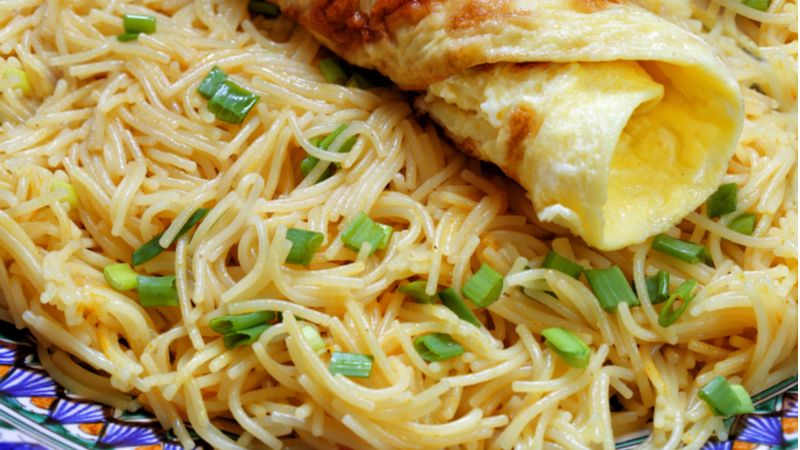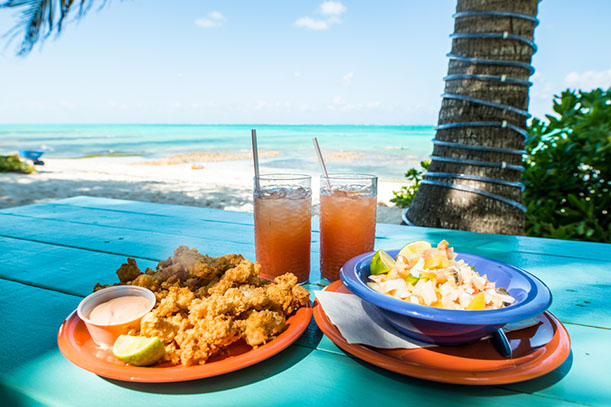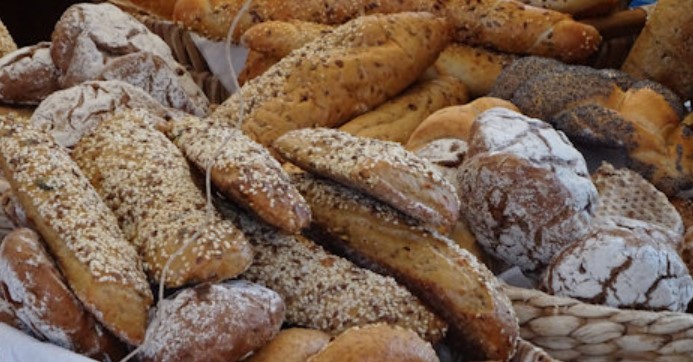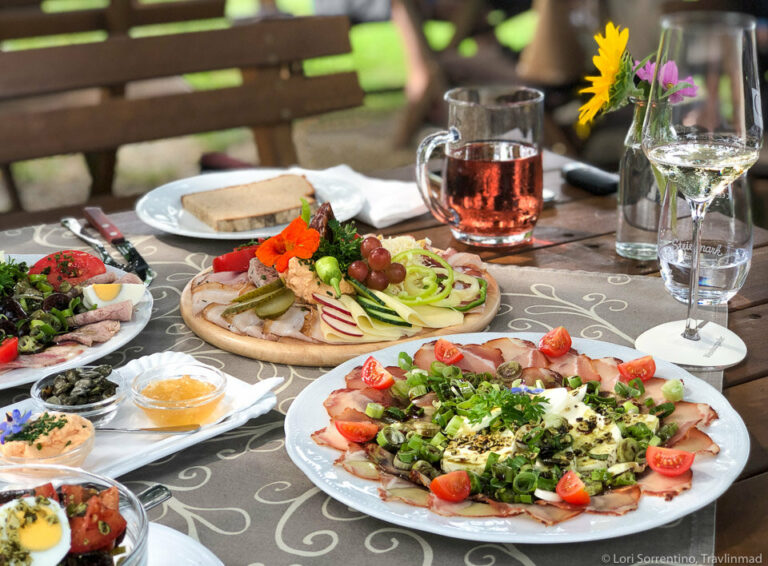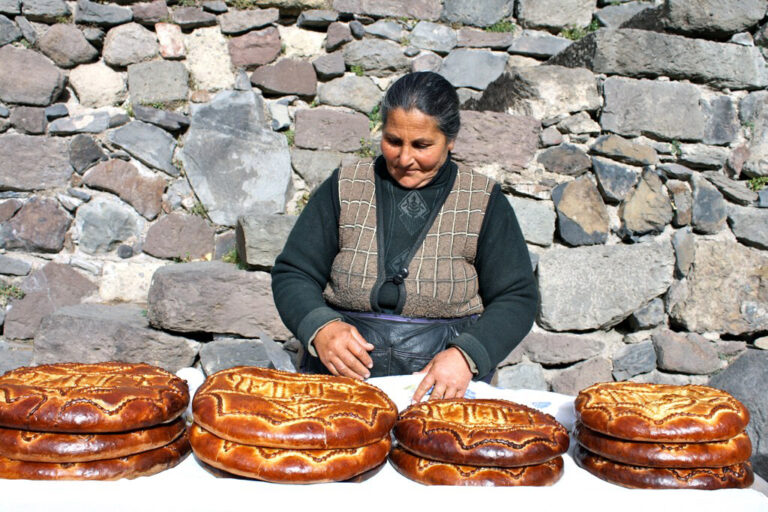Introduction: Bahraini Cuisine Overview
Bahraini cuisine is a fusion of Arabic, Persian, and Indian influences, making for a unique culinary identity. The cuisine is famous for its richness in spices, herbs, and flavors, which are often blended together in a harmonious way. Bahraini cuisine is predominantly based on seafood, meat, and rice, however, bread has been a staple food in the region for centuries. In this article, we explore the various bread varieties that can be found in Bahraini cuisine.
Bread in Bahraini Cuisine: A Brief History
Bread has been an important part of Bahraini cuisine for centuries, dating back to the time when wheat was introduced to the region. The traditional way of baking bread in Bahrain is in a tandoor oven, which is a cylindrical clay oven that is heated by burning wood or charcoal. The dough is slapped onto the oven walls and is left to bake until it is golden brown. In the past, Bahraini bread was made from barley flour, which was used due to its durability and ability to withstand harsh weather conditions.
Ingredients Used in Traditional Bahraini Bread
The most common ingredients used in traditional Bahraini bread are wheat flour, water, salt, and yeast. However, different bread varieties might use different flours such as barley, corn, or millet. Some bread varieties also incorporate various spices and herbs to enhance the flavor. For example, za’atar, a blend of thyme, sesame seeds, salt, and sumac is often used in Bahraini bread.
Bahraini Bread Varieties: A Comprehensive List
There are several bread varieties that can be found in Bahraini cuisine. Some of the most popular ones include:
- Khubz – a traditional flatbread that is circular in shape and is cooked in a tandoor oven.
- Samoon – a soft white bread that has a slightly sweet taste. It is often served with a savory filling such as cheese, eggs, or meat.
- Regag – a crispy paper-thin bread that is cooked on a griddle and is often served with a sweet or savory filling.
- Maloub – a layered bread that is stuffed with meat, vegetables, and spices.
Popular Bahraini Bread Dishes and Recipes
Bahraini cuisine has several bread-based dishes that are popular among locals and tourists alike. Some of these include:
- Machboos – a traditional Bahraini rice dish that is often served with khubz.
- Bahraini breakfast – a hearty meal that consists of samoon bread, eggs, and beans.
- Balaleet – a sweet breakfast dish that is made with regag bread, eggs, and sugar.
- Luqaimat – a sweet fried dumpling that is made with flour, milk, and yeast.
The Role of Bread in Bahraini Culture and Festivities
Bread plays an important role in Bahraini culture and is often served during festive occasions such as weddings, Eid al-Fitr, and Ramadan. It is also a sign of hospitality and is often offered to guests as a symbol of warmth and generosity.
The Future of Traditional Bread in Bahraini Cuisine
As Bahrain continues to modernize, traditional bread-making practices have been slowly fading away. However, there has been a revival of interest in traditional Bahraini bread and efforts are being made to preserve these ancient techniques.
Where to Find Traditional Bahraini Bread Today
Traditional Bahraini bread can be found in local bakeries and shops throughout the country. Some of the popular places to find Bahraini bread include the Manama Central Market and the Muharraq Souq. Many restaurants also serve traditional Bahraini bread and bread-based dishes as part of their menu.

